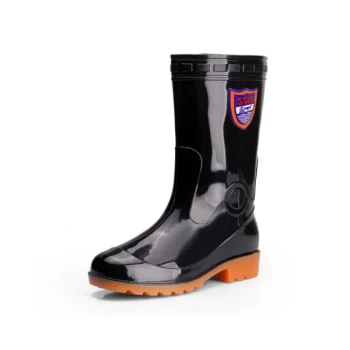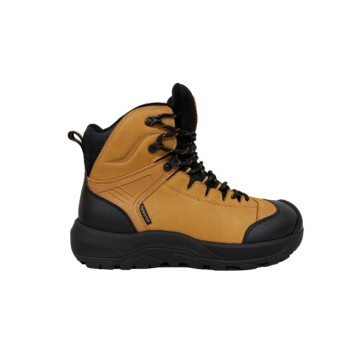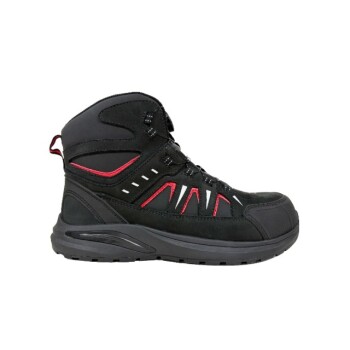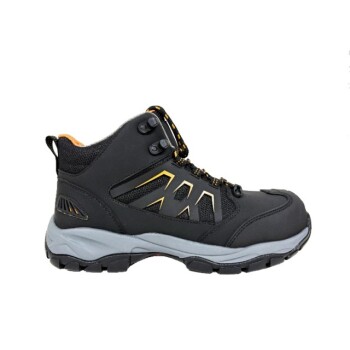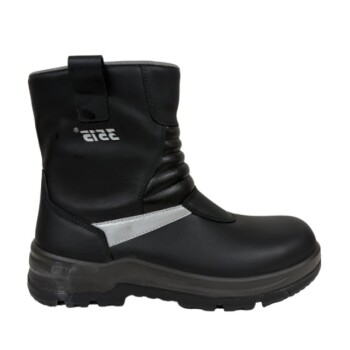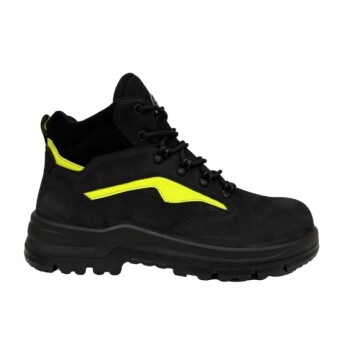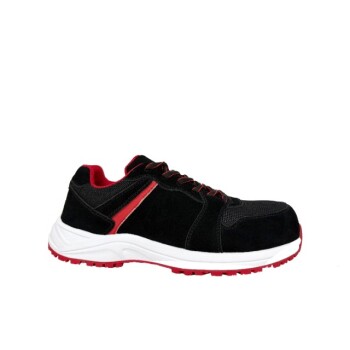When choosing walking boots, leather represents a classic trade-off between timeless durability and modern convenience. Leather boots offer unparalleled toughness, protection from the elements, and a custom fit that develops over time. However, this performance comes at the cost of increased weight, a necessary break-in period, and a higher initial price tag compared to synthetic alternatives.
The core decision comes down to your priorities. Leather boots are a long-term investment in reliability for serious, rugged terrain, while synthetic boots offer immediate comfort and less weight for more casual or fast-paced hiking.
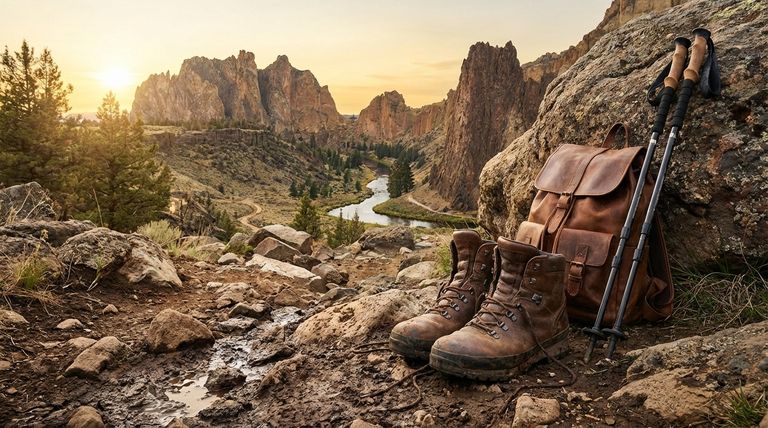
The Core Strengths: Why Leather Endures
Leather has been the material of choice for footwear for thousands of years for good reason. Its natural properties provide a unique combination of strength and adaptability that is difficult to replicate.
Unmatched Durability and Protection
Full-grain leather is an exceptionally tough material, making it highly resistant to abrasion from rocks, scree, and dense brush. This inherent toughness provides robust protection for your feet on challenging trails.
A well-maintained pair of leather boots can last for many seasons of hard use, often outliving multiple pairs of their synthetic counterparts. They are an investment in gear that will not fail when you are far from the trailhead.
Superior Water Resistance
While many boots rely on a thin waterproof membrane (like Gore-Tex), leather provides inherent water resistance throughout the material itself. This creates a more reliable and durable barrier against wet conditions.
Over time, synthetic liners can develop wear points and fail, but a properly conditioned leather boot maintains its water-shedding properties for years, keeping your feet consistently dry.
A Custom Fit Through Time
Leather possesses the unique ability to mold and conform to the specific shape of your foot. While this requires an initial break-in period, the result is a personalized fit that offers unmatched comfort and support.
This custom fit reduces the chance of blisters and hot spots on long hikes, as the boot becomes a natural extension of your foot.
Understanding the Trade-offs
Choosing leather is not without its compromises. These boots demand more from their owner in terms of initial cost, time, and upkeep.
The Burden of Weight
The most noticeable drawback of leather boots is their weight. They are significantly heavier than fabric and synthetic options, which means you expend more energy with every step.
On a long multi-day trek, this added weight can contribute to fatigue, making them less ideal for hikers who prioritize moving fast and light.
The Initial Investment: Cost and Break-in
Leather boots typically carry a higher price tag due to material costs and construction. This initial outlay can be a barrier for some.
Furthermore, they almost always require a break-in period. You must wear them for shorter walks before tackling a long hike to allow the stiff material to soften and shape to your feet.
The Breathability Factor
Leather is a dense, natural material, which makes it less breathable than modern synthetic mesh. In hot climates, this can lead to warmer, sweatier feet.
For hikers who primarily trek in warm, dry conditions, a more breathable synthetic boot might provide greater comfort.
The Commitment to Care
The legendary longevity of leather boots is entirely dependent on proper care. To maintain their water resistance and prevent the material from drying out and cracking, they must be regularly cleaned, dried, conditioned, and reproofed.
This maintenance is a necessary ritual. Neglecting it will drastically shorten the lifespan of the boots and compromise their performance.
Making the Right Choice for Your Hikes
Your ideal boot depends entirely on the type of hiking you do and what you value most in your gear.
- If your primary focus is rugged, multi-day treks: Leather is the superior choice for its bombproof reliability, support, and long-term water resistance.
- If your primary focus is lightweight, fast-paced day hikes: A modern synthetic boot will serve you better with its out-of-the-box comfort and lower weight.
- If your primary focus is maximum longevity and value over time: A well-cared-for leather boot is a long-term investment that can outlast several synthetic pairs.
- If your primary focus is hiking in hot, dry climates: The limited breathability of leather makes a synthetic or hybrid boot a more comfortable option.
By understanding this fundamental balance between durability and convenience, you can confidently select the boot that will best serve you on the trail.
Summary Table:
| Aspect | Pros of Leather Boots | Cons of Leather Boots |
|---|---|---|
| Durability | Exceptionally tough; lasts for many seasons | Higher initial cost compared to synthetics |
| Protection | Superior abrasion & water resistance | Significantly heavier, contributing to fatigue |
| Fit & Comfort | Molds to your foot for a custom fit over time | Requires a break-in period before long hikes |
| Maintenance | Long lifespan with proper care | Requires regular cleaning and conditioning |
| Breathability | - | Less breathable than synthetic mesh in heat |
Need a reliable partner for your next boot collection?
As a large-scale manufacturer, 3515 produces a comprehensive range of durable footwear for distributors, brand owners, and bulk clients. Our production capabilities encompass all types of walking boots, including premium leather models built for rugged terrain and long-term performance.
We help you:
- Source with Confidence: Access high-quality, durable boots manufactured to your exact specifications.
- Scale Your Business: Benefit from our large-scale production capacity to meet your volume needs.
- Deliver Value: Offer your customers boots that combine classic craftsmanship with modern performance.
Let's discuss how we can support your business. Contact our team today to explore our capabilities and start your next order.
Visual Guide
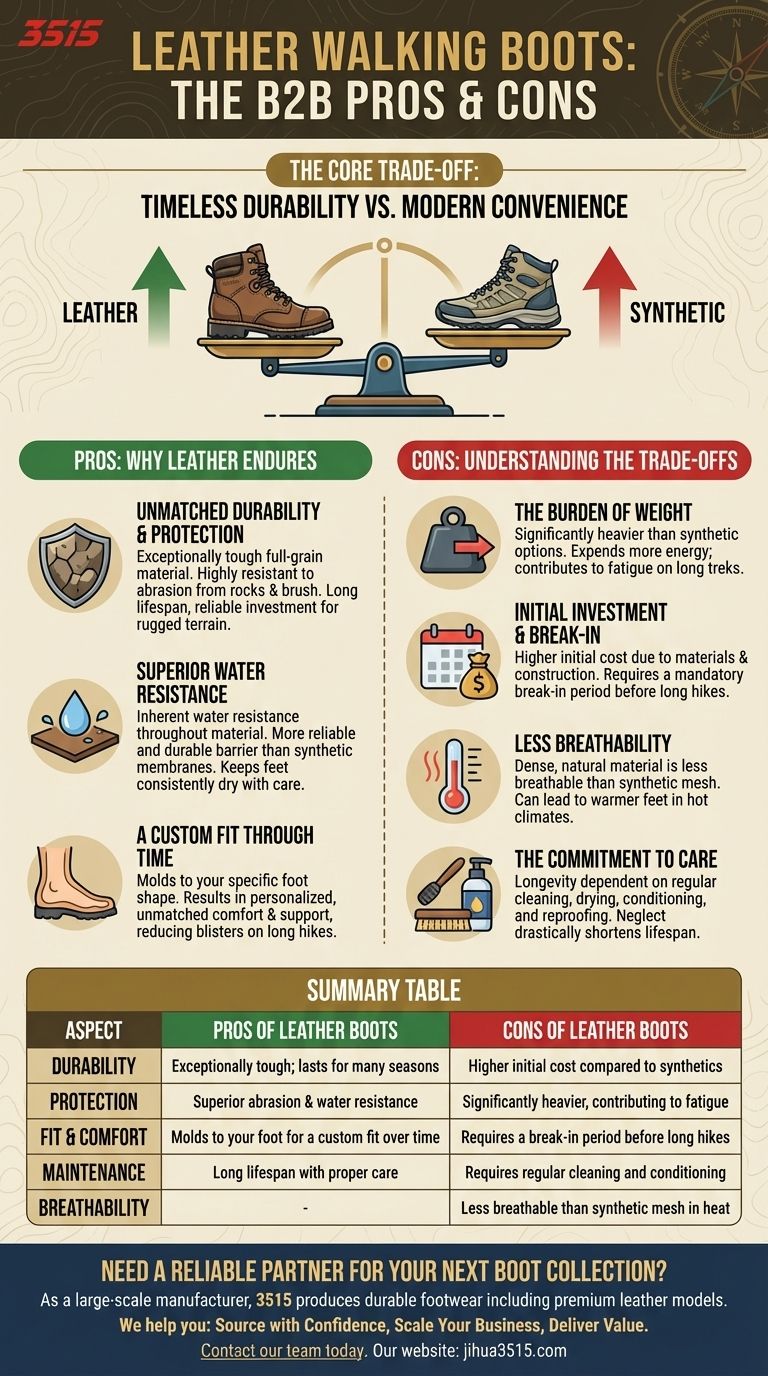
Related Products
- Durable Rubber Sole Outdoor Shoes Wholesale & Custom Manufacturing
- Safety Footwear Wholesale Manufacturer for Custom OEM/ODM Production
- Durable Waterproof Rain Boots | Custom Manufacturer for Wholesale & Brands
- Durable Leather Safety Boots for Wholesale & Custom OEM Manufacturing
- Premium Insulated Safety Boots and Shoes for Wholesale & Bulk Orders
People Also Ask
- What are the characteristics of heavy-duty hiking boots? Ultimate Guide for Rugged Terrain
- What are the disadvantages of vulcanized soles? Lack of Support & Durability Explained
- Why are vulcanized soles popular in urban fashion? Discover the Legacy of Authentic Street Style
- How do hiking shoes or boots protect feet from environmental hazards? A Guide to Trail-Ready Footwear
- What are the main applications of vulcanized rubber? Unlock Durability for Tires, Footwear & More


